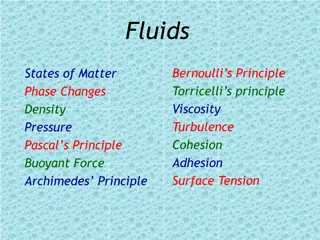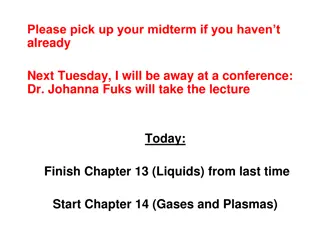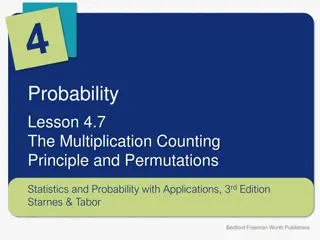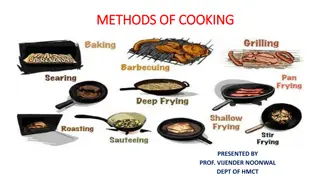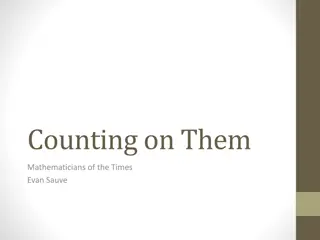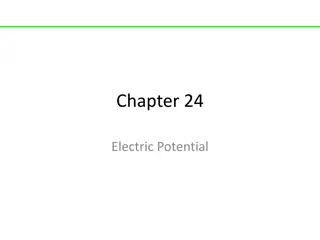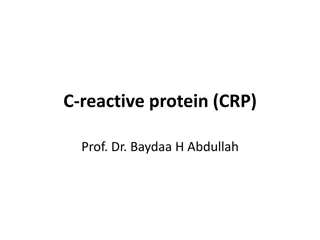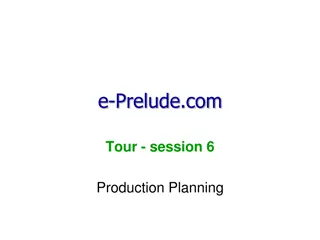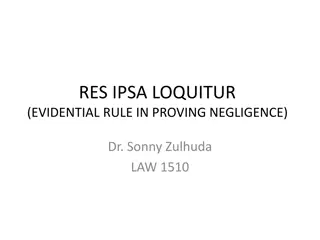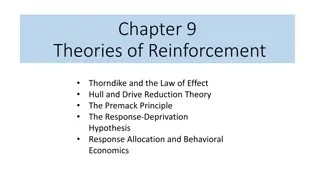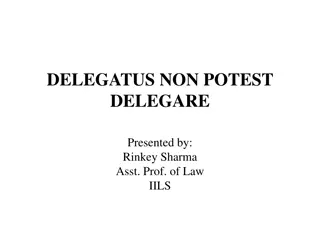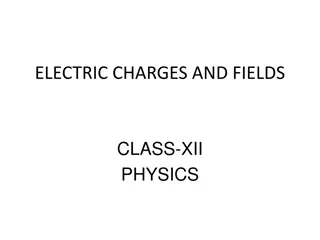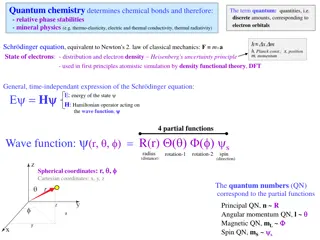Understanding Buoyancy and Archimedes Principle
Explore the concepts of buoyancy, Archimedes principle, sink or float scenarios, and examples related to buoyant force calculations and floating objects. Learn how buoyant force determines whether objects sink or float in liquids, and understand the relationship between object density and fluid density in determining floating behavior.
Download Presentation

Please find below an Image/Link to download the presentation.
The content on the website is provided AS IS for your information and personal use only. It may not be sold, licensed, or shared on other websites without obtaining consent from the author. Download presentation by click this link. If you encounter any issues during the download, it is possible that the publisher has removed the file from their server.
E N D
Presentation Transcript
BUOYANCY Upward net force on objects within a liquid Occurs because pressure in a fluid increases with depth Since the bottom is deeper, more force is pushing up than force on the bottom pushing down Net upward force pushes objects up
ARCHIMEDES PRINCIPLE The buoyant force on an object is equal to the weight of the fluid displaced by the object FB= Fw= mg = M/V M = V FB = Vg It is NOT the object that exerts the buoyant force, it is the fluid that the object displaces that causes it FB= fluidgVsubmerged
Sink or Float Sink or Float The difference between the buoyant force and the object s weight determines whether an object sinks or floats.
WHAT IS THE BUOYANT FORCE ON THIS OBJECT?
EXAMPLE A 70kg statue lies at the bottom of the sea. Its volume is 3.0 x 10-2 m3. How much force is needed to lift it? When a crown of mass 14.7kg is submerged in water, an accurate scale reads only 13.4kg. Is the crown gold?
FLOATING An object floats on a fluid if its density is less than that of the fluid When floating FB = FW fVdispg = oVog fVdisp = oVo Fraction of an object submerged is given by the ratio of the density of the object to the fluid
EXAMPLE A rectangular block of wood (1.0m x 2.0m x 0.25m) floats so that 0.15 cm of its height is above the water level. a) find the density of the wood b) find the mass of the wood




